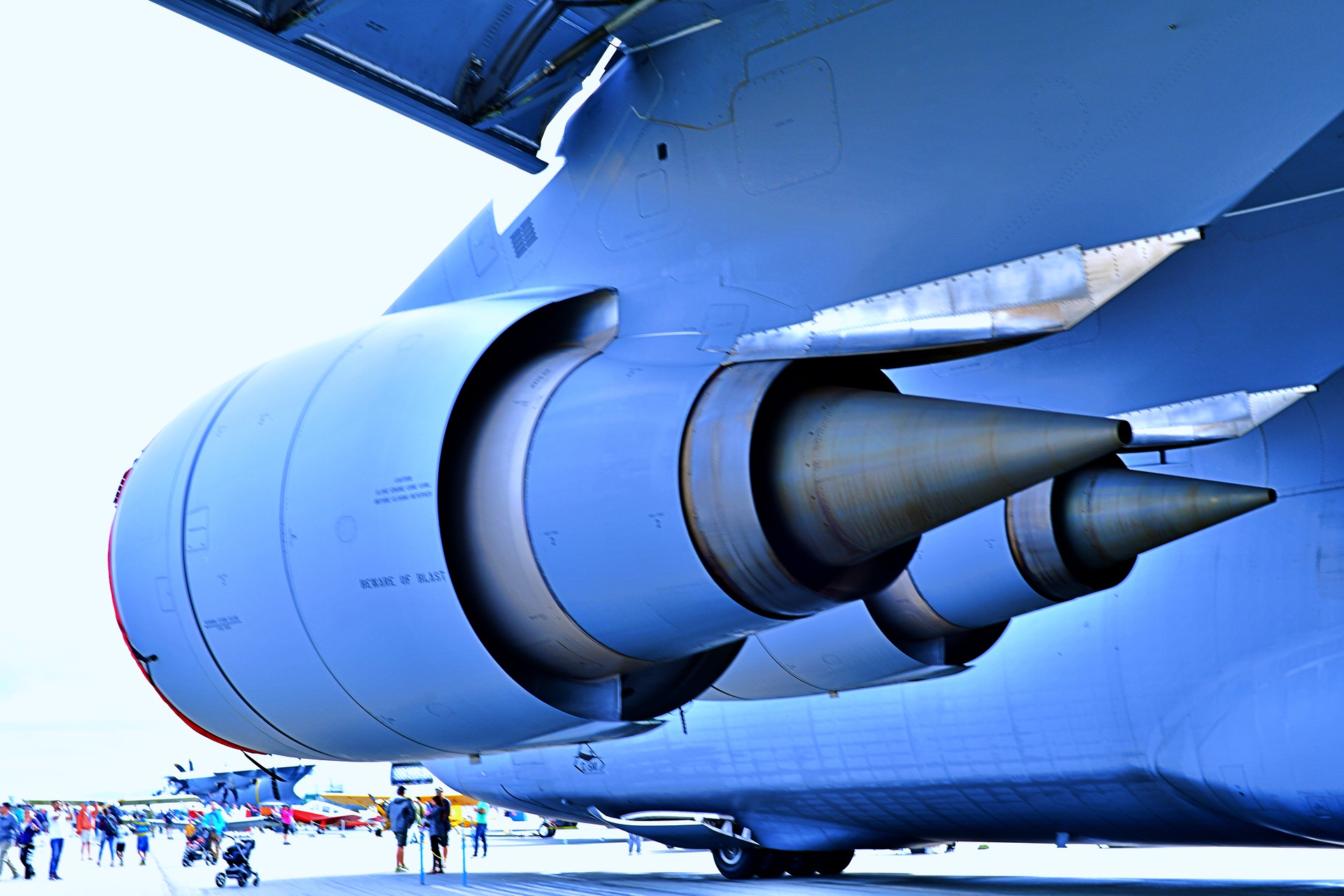
By Sherry Su and Tiago Ramos Alfaro on 12/7/2020
(Bloomberg) --North Sea oil prices are finally strengthening, catching up with other markets that already rallied on the back of rising buying interest from Asia, where demand in many places has already recovered from Covid-19.
North Sea crude stored on ships has plunged by more than 40% to about 7.4 million barrels from a peak in mid-October, as a flotilla of supertankers sails east, ship-tracking data compiled by Bloomberg show. Meanwhile, the price of Forties crude, which sets the region’s Dated Brent benchmark, has risen to the highest level since late August. Swaps prices -- an indication of physical market’s strength -- have also surged.
Over the past several weeks, Asian refineries have snapped up crude oil from the Middle East, the U.S. and Russia as buyers -- especially China’s independent “teapot” refiners -- received more government allowances to boost imports after the start of next year. Demand for North Sea barrels was slow to pick up, but even that’s now started to change.
The recent North Sea-market weakness peaked in late October, when the market was flooded with offers for cargoes delivered to Rotterdam. There were just a handful of bids for the region’s oil, according to traders monitoring the pricing window run by S&P Global Platts. Forties crude mostly traded at a discount of 20 to 60 cents a barrel to benchmark Dated Brent -- making it cheaper even than Russia’s Urals grade, which has a higher sulfur content.
Supertankers Sail
European refiners typically buy more than 60% of the North Sea’s oil. However, government restrictions to fight the pandemic have curbed demand, and several European plants are halting amid weak margins. In order to reduce the resulting surplus, traders have booked a fleet of supertankers to move unsold cargoes east. At least 14 vessels carrying about 28 million barrels of North Sea crude for October and November loading have left Europe for Asia -- more than double the figure during August and September combined.
The departure of those ships has helped to drive down the surplus in the region, boosting prices. There are now just three supertankers with North Sea crude floating at sea, including one off Singapore. Forties was bid at a premium of 20 cents a barrel on Friday. And the physical market is now dominated by bids rather than offers.
The tightness in the North Sea is also showing up in swaps markets tied to the region’s crude. Contracts for difference, an indication of the region’s physical market strength, this week entered a structure known as backwardation, where more immediate prices are higher than those further in the future. That suggests a bullish outlook for North Sea crude in the next six weeks. Monthly swaps have also risen to their strongest in months.
The futures curve for Brent has strengthened into a similar structure, indicating a more optimistic market outlook. The most-immediate contract in recent weeks has mostly traded at a premium to the next closest, and on Friday touched the highest level since March, excluding expiry dates.
The Link LonkDecember 07, 2020 at 06:58PM
https://ift.tt/3qyZhr9
Asian oil demand strengthens North Sea crude markets - WorldOil
https://ift.tt/2CoSmg4
Sea
/cloudfront-us-east-2.images.arcpublishing.com/reuters/CZF6NULMVVMEXHOP7JK5BSPQUM.jpg)
No comments:
Post a Comment